When it comes to racing, one of the most crucial decisions you’ll make is choosing the right racing tires. If you’re a seasoned racer or just starting your car racing, the tires you select can significantly impact your performance, safety, and overall experience on the track. We will help you to understand the factors to consider when selecting tires for your car.
1. Understand The Types Of Racing Tires
Racing tires are specially designed to meet the unique demands of different track conditions and racing formats. Here are the primary types you should know about:
Slick Tires
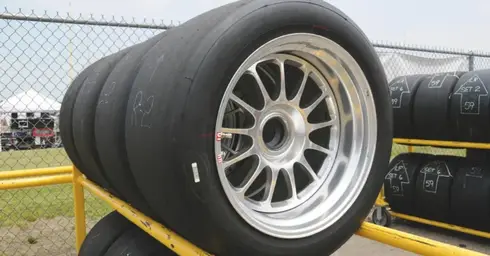
Slick tires are smooth, treadless tires designed for maximum traction on dry surfaces. The absence of tread patterns increases the tire’s contact patch with the road, providing unmatched grip and reducing lap times. These tires are ideal for dry conditions where grip and speed are paramount but are unsuitable for wet or damp tracks due to their inability to channel water away.
Wet Tires (Rain Tires)
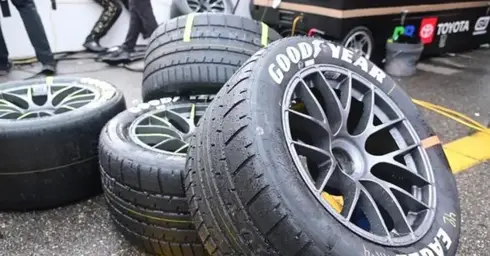
Precisely engineered for racing in wet conditions, wet tires feature deep grooves and channels that effectively disperse water, reducing the risk of hydroplaning. Wash tires’ tread design and softer rubber compound maintain better traction on slippery surfaces, ensuring stability and control when racing in the rain.
Intermediate Tires (Semi-Slick Tires)
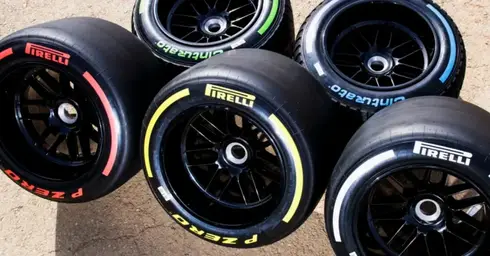
Intermediate tires, also known as semi-slicks, offer a compromise between slick and wet tires. Their partial tread pattern provides grip in dry and mildly wet conditions, making them versatile for variable weather scenarios. These tires are popular among amateur racers and track day enthusiasts who want performance and adaptability in unpredictable conditions.
All-Season Performance Tires

While not typically used in professional racing, all-season performance tires balance traction and durability for those who race in diverse conditions but don’t want to switch tires frequently. They can handle dry, wet, and light snowy conditions, making them suitable for multi-purpose use but not optimal for peak-performance racing.
Pro Tip: Capital Exotic will train you on tire selection for your car.
2. Consider The Track Conditions

Track conditions play a significant role in tire choice. Before selecting your racing tires, consider the typical weather and surface conditions of the tracks you plan to race. For instance, if you frequently race in areas known for unpredictable weather, having both slick and wet tires is a smart choice.
3. Evaluate Tire Compound And Durability
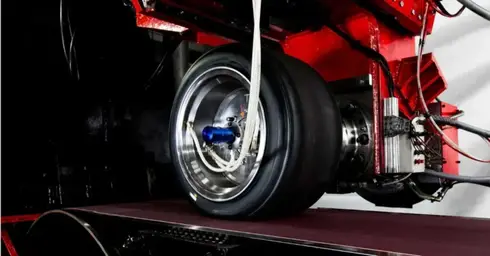
The compound of a tire determines its grip and longevity. Softer compounds provide better grip but wear out faster, making them suitable for short, high-speed races where performance is vital. On the other hand, more complex compounds last longer but may not offer the same level of grip. Choosing the suitable compound involves balancing your need for speed and traction with the tire’s durability.
4. Understand Tire Size And Fitment
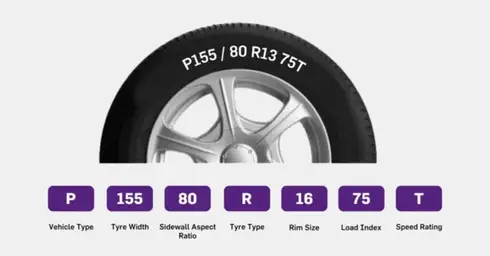
The size and fitment of your race car tires are crucial for optimal performance. Tires too wide or narrow for your car can negatively affect handling and stability. Always refer to your car’s manual or consult with a professional to ensure you’re selecting the correct tire size. The proper fitment enhances traction and improves overall car control, which is vital for safe and effective racing.
5. Factor In Your Racing Style
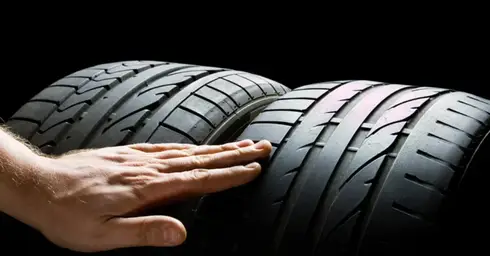
Your personal driving style should also influence your choice of race car tires. If you prefer aggressive cornering, you’ll need tires with excellent sidewall strength and grip. If you favor speed on straights, look for tires that minimize rolling resistance. Matching your tires to your racing style will help you achieve better performance and control on the track.
Related Article: Essential Car Racing Equipment And Requirements For Race Day
6. Seek Professional Advice

When in doubt, consult with tire professionals or experienced racers. They can provide insights based on real-world experience, helping you make an informed decision. Additionally, reading reviews and forums can offer valuable information about the durability of specific tire brands and models.
Final Verdict
Choosing the right race c tires is a critical part of your racing strategy. By understanding the different types of racing tires, considering track conditions, evaluating tire compounds, and aligning your choice with your racing style and budget, you can enhance your car performance on the track. Remember, the right tires not only make you faster but also keep you safer.
FAQs
1. What type of racing tires should I use for dry conditions?
Use slick tires for dry conditions. They provide maximum contact with the track, delivering superior grip and faster lap times.
2. Are wet tires necessary for racing in the rain?
Yes, wet tires are designed with grooves to handle water and prevent hydroplaning.
3. What are semi-slick tires best for?
Semi-slick tires are great for dry and slightly wet conditions, offering a balance of grip and versatility when unpredictable weather changes.
4. How do I choose the suitable tire compound?
Choose soft compounds for better grip in short races and complex compounds for durability in longer races.
5. Do tire size and fitment matter in racing?
Yes, the correct size and fitment are crucial for handling and performance.

































